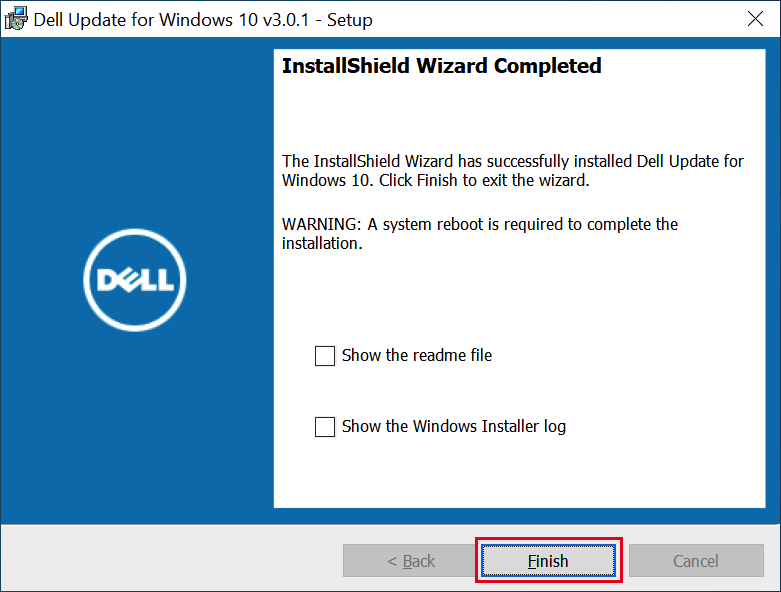If you have a “.zip” or a self-extracting package, you can refer to our previous steps to complete the driver installation using Device Manager. While you can manually update a component using this method, you would typically use these steps to update the controllers for older hardware, for example, an old printer.

I disagree with him that when you do update, you should start with the latest device manufacturer drivers. My recommendation is to use drivers from the device manufacturer only as a last resort. This is based on a decade, including recent months, of experiencing problems with “retail” drivers on OEM equipment. If the latest OEM driver is the same one you have and yours is corrupted, reload the OEM driver. Because technology is constantly evolving, a manufacturer may need to update their driver to allow the computer to continue communicating with the operating system.
How to update a printer driver
If there is a specific reason to update, like compatibility problems with new hardware or software, that the OEM driver doesn’t fix, then try the device manufacturer’s driver. Otherwise, go into the update recognizing that the device manufacturer’s driver may not work. As you can see, you should keep an eye out for any software releases from your manufacturer that relate to a printer driver. If it’s not kept updated you may see an increase in the down-time of your machine and notice errors such as missing printed files, leading to a decline in office productivity. Simply put, a printer driver is a computer program that enables software to communicate with a printer.
- Once the update installs, it’s a good idea to confirm that the latest version was added correctly using Device Manager.
- AVG has worked with more than 1,300 major brands, including Microsoft, NVIDIA, Intel, and AMD rocketdrivers.com/manufacturers/amd/video-cards/amd-radeon-hd-6530d to ensure you get what you need.
- If you have a connection problem with your PC then you need to update your Network card drivers.
- By doing so, you’ll ensure software compatibility, and benefit from bug fixes and security patches.
- As soon as you do that, Windows searches for available updates and install the updated audio drivers, if available.
Unlike your operating system (which is stored on your hard drive), your computer’s BIOS is stored on a chip on your motherboard. Computers are now coming with UEFI firmware instead of the traditional BIOS, but the same is true for UEFI—it’s low-level system software with a similar role. BIOS updates will not make your computer faster, they generally won’t add new features you need, and they may even cause additional problems. You should only update your BIOS if the new version contains an improvement you need. To use this method, first launch the “Start” menu and search for “Device Manager.” Then click the app in the search results. If you cannot find an update from HP, try the product manufacturer’s website. To keep your HP or Compaq computer running smoothly, update software on a regular basis.
Use Windows Update
This Windows Spectre patch may very well explain the difference in performance, thus “exonerating” both W10 and the Nvidia drivers from the lost performance. But there is no way I can remove just that part of the October’s Update and check the rest. To make matters worse, with the Windows 10 Spectre microcode mitigation patch for Intel processors installed on my PC at the same time, another extra variable has been added to the mix. In the end, for now I cannot recommend the Windows 10 October’s Update or the new 416 driver branch.
You can also manually search for and install driver updates for your computer at Dell Support / Drivers & Downloads. Once at the Drivers & Downloads site, ensure that your computer model and operating system are correct, then use the Category drop-down menu to find the latest available drivers for your computer.

